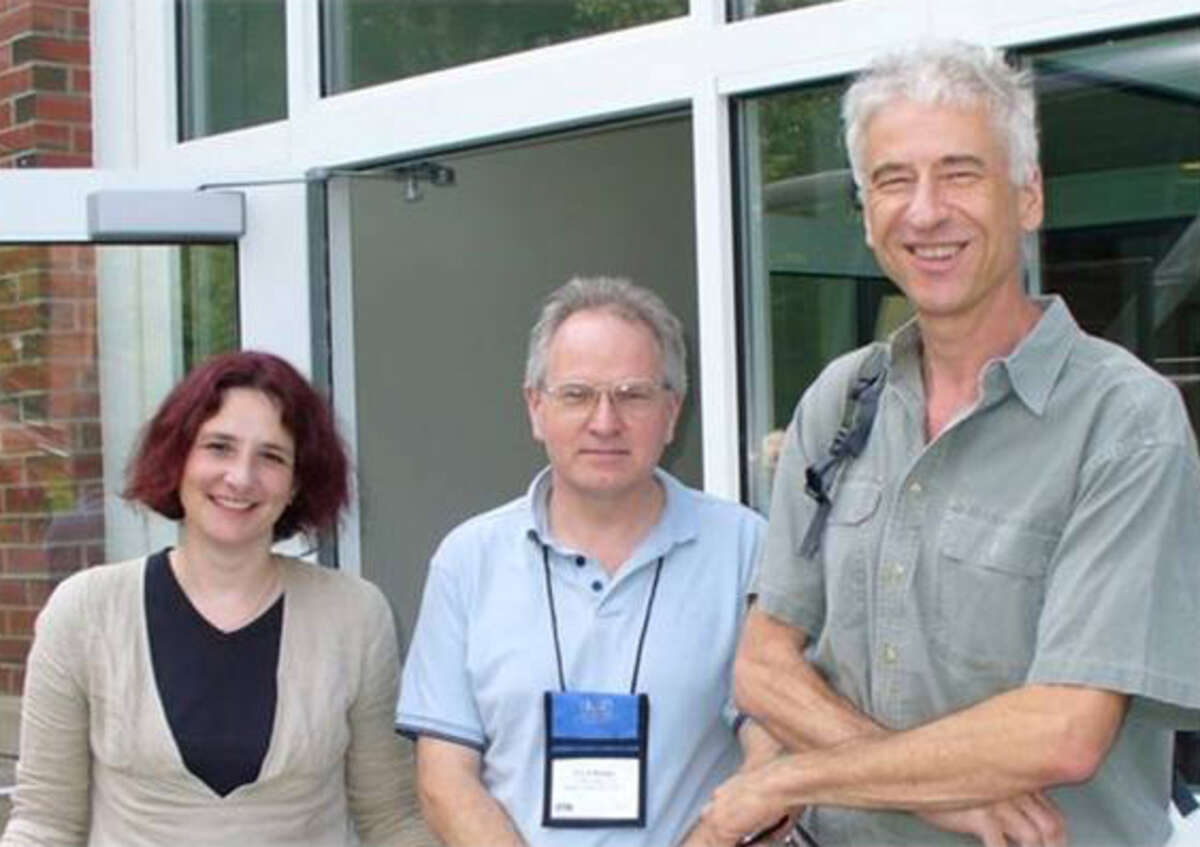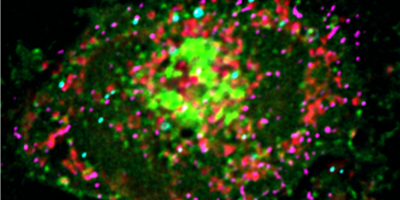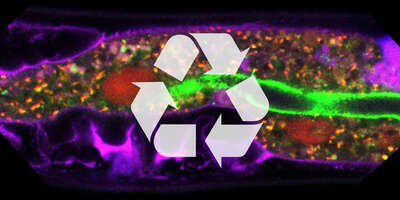Main Content
Human Frontier Science Program: In search of conserved mRNA localization and anchoring mechanisms
We have started a new international collaborative program with Prof. Chris Brown (University of Otago, Dunedin, New Zealand) and Prof. Ian Macara (University of Virginia, Charlottesville, USA) to identify mRNA localization codes in yeast and mammalian cells and to test their conservation in function.
Proteins, lipids and mRNA are distributed in the cell in a non-random manner. While protein localization is already a widely studied subject, much less is known about specific mRNA localization. Recent studies indicate, however, that a large portion of mRNAs is restricted to distinct places in the cell, and that these localization patterns may change over the cell cycle or upon external cues. The mechanism of mRNA localization is still poorly understood and even less is known about its regulation. One reason for the lack of knowledge is that very often mRNA localization signals – so-called zip codes – are hard to decipher since they are not linear and they involve secondary and tertiary structure elements on the mRNA. Therefore a major aim of the project is to develop robust algorithms that can identify such zip codes. The datasets required for the development and testing of the algorithms are derived from genome-wide mRNA expression/localization studies.
We will try to determine how many different zip codes exist and whether those codes are conserved from yeast to man. Are these zip codes modular? Are separate codes used for mRNA transport and for anchoring? How do external cues and the cell cycle regulate mRNA localization?
Our data so far indicate that intracellular transport pathways and in particular small GTPases play a pivotal role in mRNA localization in yeast. In addition, genome-wide studies in mammalian cells demonstrated that specific mRNAs localize with APC to cell protrusions and axonal growth cones. Based on these and other data we will develop new algorithms and the predicted zip codes will then be tested in yeast and mammalian cells.





